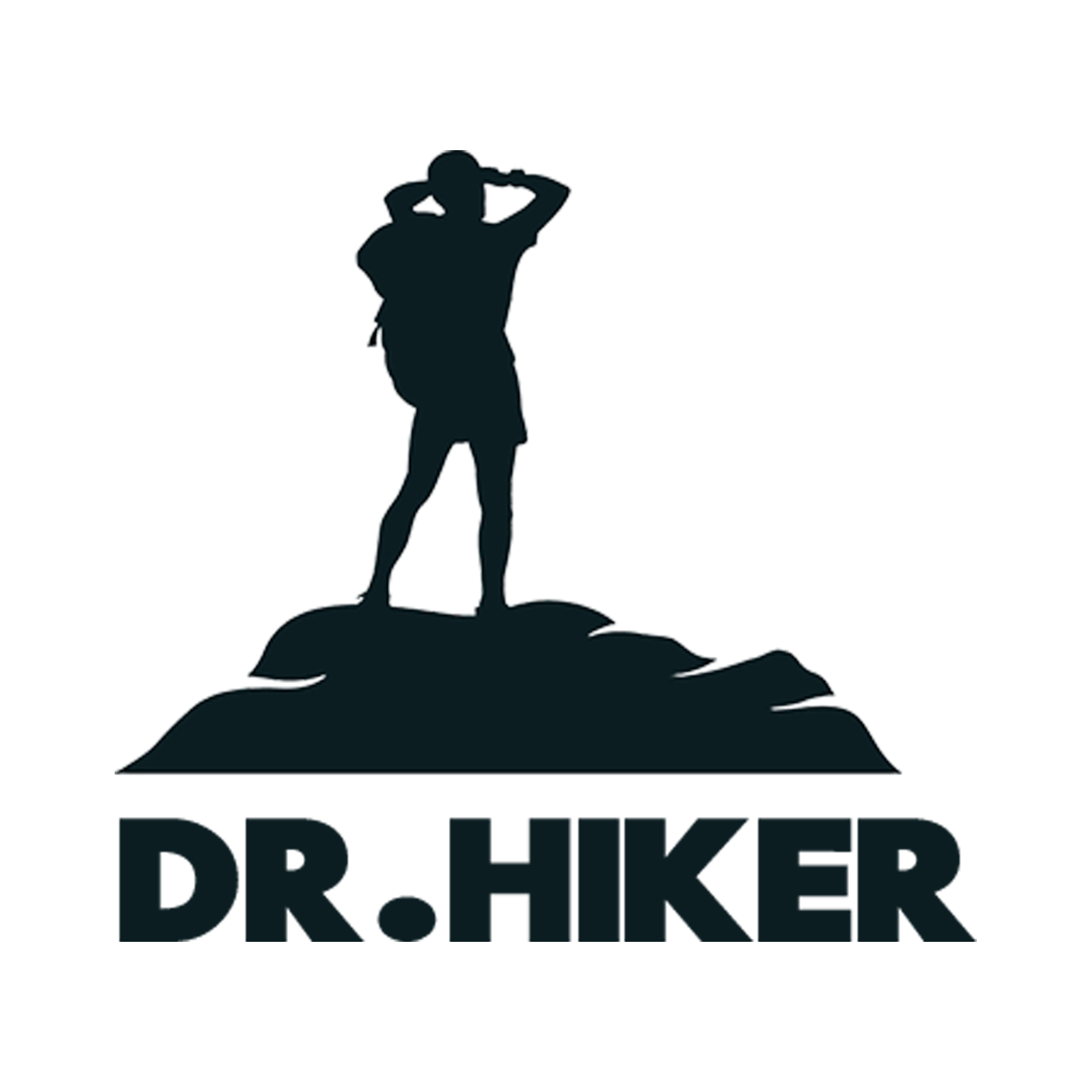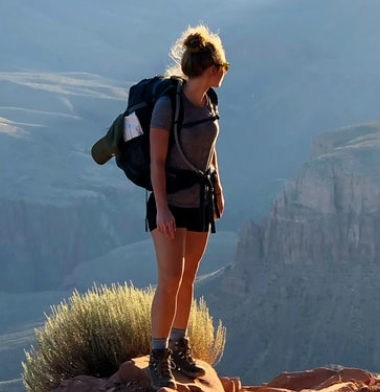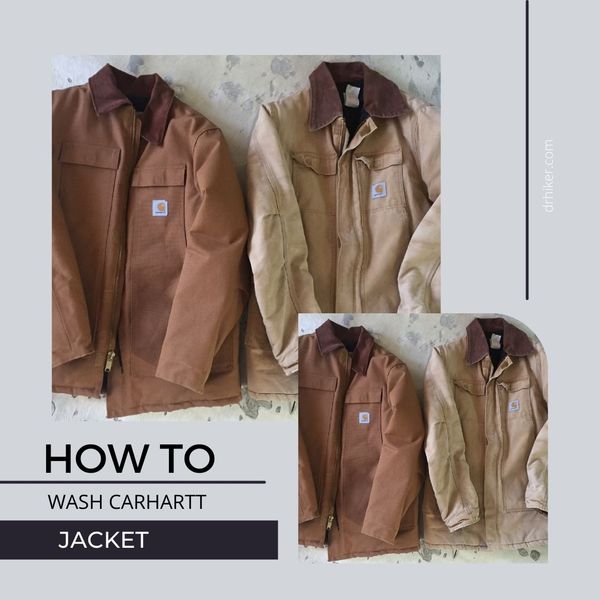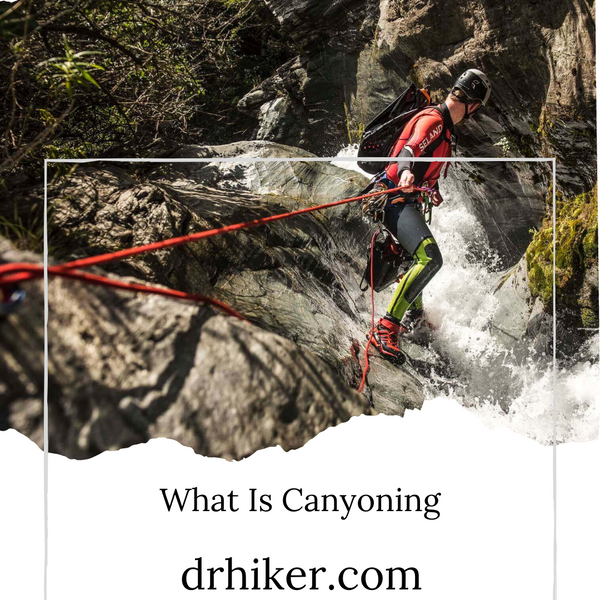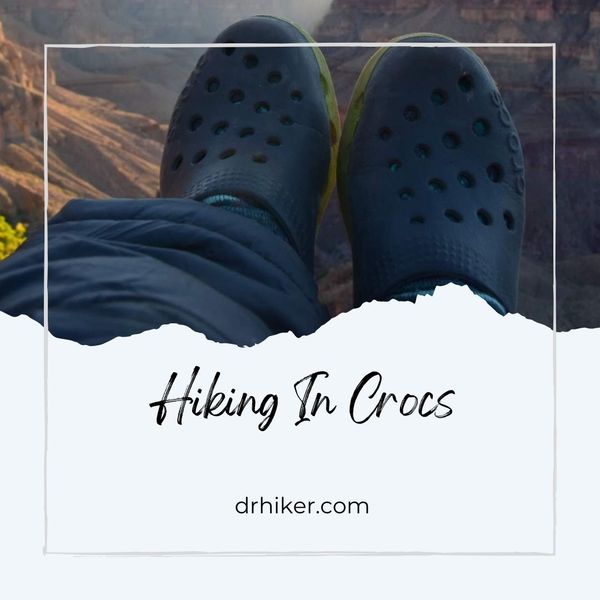Due to its charm and the comfort it provides, people never consider their camping adventure complete without a campfire. To enjoy this side of camping at its fullest, learning 'what are different types of the campfire?' is necessary.
We have figured out the most loved categories of camp fireside, which are easy to light. Keep moving on to explore all these!
What are the Types of Campfire? - Complete Guide
Campfire gathers all people of the camp together to warm hands, roast their favorite meal, and enjoy their favorite music. A complete understanding of different tepees will let you enjoy these moments differently each time.
Do you know 'what are the 4 types of campfire?'. Here is an explanation of all its categories; you can choose any of them accordingly.
Tepee Campfire

Tepee, also called Cone, the campfire is the basic classical type of fire that can assist in igniting any other type of fireside. Mostly, this fire kind has a round shape with an overall diameter letting maximum oxygen pass through.
Procedure
If you want to start a tepee campfire to warm hands or cook something, proceed as follows.
- Start by laying the tender in an "A" shape.
- Dump small kindling onto this A-shaped base to make a tepee shape.
- Light the kindling and keep adding more sticks to the tepee.
Log Cabin Campfire

Log cabin fire lasts more than the tepee and is also easy to maintain. Moreover, go for this campfire if you want a bed of coals for cooking purposes.
Method
You can easily light a log cabin campfire with the following procedure.
- Arrange two big wood pieces parallel to the base of the log cabin fire.
- Then dump candling on the base in a perpendicular shape.
- Keep some gaps between each log for maximum oxygen intake.
- Keep arranging the sticks until you reach the desired height.
- Light the cabin with matches and enjoy along with your fellows.
Remember to place broader wood pieces at the bottom of the bed. The coals formed will assist you in cooking your meals.
Criss-Cross or Platform Campfire

Platform Campfire also called upside down pyramid fire, resembles a cabin fireside. The only difference is the way you arrange logs of wood.
In a platform campfire type, logs will be relatively closer than you did in the previous method. This upside-downsts longer and generates a coal bed to cook meals for your camping friends.
Guide To Get Best Results
- Start by placing three or more logs, according to your need, to form a base.
- Then place the logs on top of the bed in a perpendicular position.
- Keep minimum distance between the wood pieces in this kind of campfire.
- Arrange the woods as high as you need.
- Set the fire from the bottom to initiate your campfire and enjoy.
You will enjoy a campfire for an extended time with this kindling arrangement. Moreover, the coal bed will be enough to cook your meal.
If you're camping and don't know how to lock a tent, read our guide.
Lean-To Campfire

Lean-to-campfire is ideal for you if your camping area is relatively breezy, where starting and maintaining the fire is hard. How you arrange woods in this category will prevent the possible wind effects.
Steps To Follow:
- Find a thick wood piece and place it in the base of your lean-to campfire.
- Then arrange the kindling against this log.
- Arrange as much kindling as you want.
- Start the fire and keep adding larger sticks.
- When the previous log is burnt, add another one if you want the fire to last for an extended period.
This fire type is the best for camping areas featuring very high winds. The thick log on the side of the campfire will prevent the possible wind attacks on your fireside.

Campfire Requirements
Without a campfire, the enjoyment of camping is incomplete. So, always remember to pack the fire essentials, as mentioned below, to make your trip memorable. Here is the list of essentials.
- Tinder - the smallest wood piece that catches fire easily
- Kindling - like twigs and branches
- Firewood - actual campfire fuel like oak, beech, maple, etc
- Sparking source-like matches
- A small shovel to mound fire
- Fire ring for a safe campfire
- Buckets to put the fire out of camp
Building a Campfire
The foremost thing to consider while planning a campfire is to check for the campground policies. Some parks allow campfires while others strictly restrict them due to some preventive measures.
After you have confirmed the permission and gathered the essentials, move as follows for a successful campfire.
- Choose a safe camping spot that is not vulnerable to catching fire from the flames
- Organize the base with dry tinder
- Add kindling to the tinder bed
- Start the fire by igniting the fuel
- Keep adding kindling to the fire.
- You have done it, enjoy your party!
Campfire Safety Measurements
Never compromise on the local and personal safety rules while starting a campfire. Here are some tips to make your camping safe with fireside.
- Never start a campfire on a ground where the fire is prohibited
- Always build the fire camp far from your camping place to prevent any damage to your belongings
- Select an area that is less exposed to the high winds, as high winds affect the fire badly
- Never leave the campfire without setting it out; ignoring it may lead to some serious damage
- Never start a fire on a campground having scattered dry leaves, branches, and woods
- Limit your fire to an easily manageable size
- Never put exploding items in your campfire
- Avoid burning plastic and other items that pollute the ecosystem
Conclusion
Campfire adds to the fun and entertainment of the camping trip. You can try different types of fireside if you know 'What are the types of the campfire?'.
Moreover, never ignore the preventive measures while starting a campfire. If you ignore this aspect, you may have to meet different results.
Choose any campfire type from the above list to make your camping memorable. Proceed with any of these safely and chill with your camping partners!
